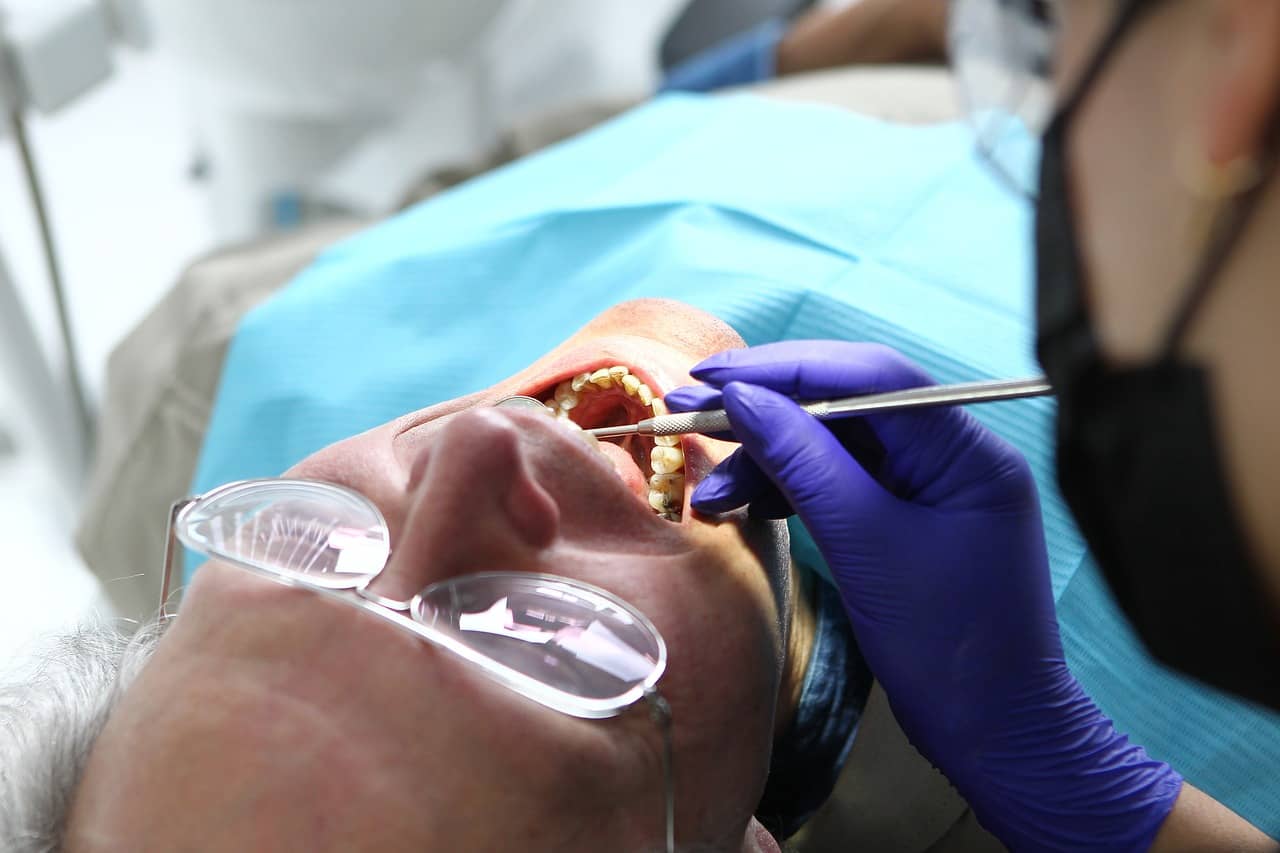Workplace accidents can have devastating consequences, both for individuals involved and for the organisations they work for. These incidents can result in injuries, fatalities, property damage, and financial losses. However, with the right strategies and techniques in place, it’s possible to predict and prevent workplace accidents effectively. In this article, we will explore various methods and approaches to enhance safety in the workplace. We will also explore what steps should be taken to start a claim for your accident at work.
Understanding the Types of Accident Prevention
Accident prevention can be categorised into three primary types: primary prevention, secondary prevention, and tertiary prevention. Each type plays a crucial role in minimising workplace accidents.
Primary Prevention
Primary prevention focuses on preventing accidents before they occur. This type of prevention aims to eliminate or reduce hazards that could lead to accidents. It involves proactive measures and safety strategies that can significantly reduce the risk of accidents.
Examples of Primary Prevention:
Regular equipment maintenance and inspections to identify and fix potential issues before they cause accidents.
Providing comprehensive safety training to employees to ensure they are aware of potential hazards and how to mitigate them.
Implementing safety protocols and procedures to minimise the risk of accidents, such as wearing personal protective equipment (PPE) and following safe work practices.
Secondary Prevention
Secondary prevention comes into play when an accident is imminent or has just occurred. The primary goal of secondary prevention is to limit the severity of an accident and prevent further harm. This type of prevention focuses on rapid response and effective intervention.
Examples of Secondary Prevention:
First aid training and the availability of first aid kits to provide immediate medical assistance in case of injuries.
Emergency response plans and evacuation procedures to ensure that employees can quickly exit the workplace in case of fires, chemical spills, or other emergencies.
Prompt reporting and investigation of accidents to identify the root causes and prevent similar incidents in the future.
Tertiary Prevention
Tertiary prevention comes into play after an accident has occurred. This type of prevention focuses on rehabilitation and recovery, aiming to minimise the long-term effects of accidents and prevent their recurrence.
Examples of Tertiary Prevention:
Providing rehabilitation services to injured employees to help them recover and return to work as soon as possible.
Conducting a thorough analysis of the accident to identify systemic issues and make necessary changes to prevent similar accidents in the future.
Implementing changes in safety procedures and protocols based on lessons learned from past accidents.
Accident Prevention Techniques
Now that we’ve covered the three types of accident prevention, let’s explore some specific techniques and strategies that organisations can implement to predict and prevent workplace accidents effectively.
Conducting Risk Assessments
One of the fundamental steps in accident prevention is identifying potential hazards and assessing their associated risks. Regular risk assessments help organisations pinpoint areas where accidents are most likely to occur. By analysing workplace conditions and processes, organisations can prioritise safety measures and make necessary improvements.
Providing Comprehensive Training
Employee training is a cornerstone of accident prevention. All employees should receive thorough training on workplace safety, including the proper use of equipment, handling of hazardous materials, and emergency procedures. Training programs should be ongoing to ensure that employees stay updated on safety protocols.
Implementing Safety Policies and Procedures
Organisations should establish clear safety policies and procedures that employees must follow. These policies should cover a wide range of safety topics, including fire safety, chemical handling, and emergency response. Regular safety drills can help employees become familiar with these procedures and respond effectively in case of emergencies.
Using Safety Equipment and Personal Protective Gear
The use of safety equipment and personal protective gear is crucial in accident prevention. This includes items such as helmets, gloves, safety glasses, ear protection, and more. Employers should ensure that the appropriate safety gear is provided and that employees use it consistently.
Regular Equipment Maintenance and Inspections
Machinery and equipment that are not properly maintained can pose serious safety risks. Regular maintenance and inspections help identify and address potential issues before they lead to accidents.
Promoting a Culture of Safety
Creating a culture of safety within the organisation is essential for accident prevention. When employees prioritise safety and look out for one another, accidents are less likely to occur. Encouraging open communication about safety concerns and near misses is crucial in this regard.
Conducting Incident Investigations
When accidents do occur, it’s essential to conduct thorough investigations to determine the root causes. This process helps identify weaknesses in safety procedures and allows organisations to make necessary improvements to prevent similar incidents.
Embracing Technology for Safety
Advancements in technology have provided new tools for accident prevention. Organisations can use safety software, IoT devices, and wearable technology to monitor workplace conditions, track employee safety, and provide real-time alerts in case of potential hazards.

Making an Accident at Work Claim with National Claims
At National Claims, we understand that despite all preventive measures, workplace accidents can still occur. If you or a loved one has been injured in a workplace accident, you may be entitled to compensation. Our team of experienced professionals specialises in helping individuals navigate the complex claims process.
How National Claims Can Assist You
- Free Consultation: We offer a free initial consultation to assess the details of your case and determine if you have a valid claim.
- Expert Guidance: Our team includes claims specialists who are well-versed in workplace accident claims, ensuring you receive the best possible advice and representation.
- Maximising Compensation: We work tirelessly to maximise the compensation you deserve, covering medical expenses, lost wages, rehabilitation, and more.
- No Win, No Fee: At National Claims, we operate on a “no win, no fee” basis. You don’t pay us unless we win your case, giving you peace of mind during a challenging time.
Conclusion
Predicting and preventing workplace accidents is not only a legal and ethical responsibility for organisations but also a crucial step in ensuring the well-being of employees. By implementing the right strategies and techniques, organisations can significantly reduce the risk of accidents and create safer work environments. From conducting risk assessments to fostering a culture of safety and embracing technology, there are numerous ways to protect employees and prevent workplace accidents.
However, when accidents do occur, National Claims is here to provide the support and guidance you need to make a workplace accident claim and receive the compensation you deserve. We are committed to helping you navigate the legal process and ensuring that your rights are protected. Your safety and well-being are our top priorities, both in preventing accidents and providing assistance when they happen.
Contact us to get a start on your claim and to find out more about how we deal with accidents at work.
Click below to see why we are one of the most trusted claims management companies in the UK.

We’re proud of our excellent customer reviews
We thrive on delivering exceptional service and ensuring our clients’ satisfaction. Don’t just take our word for it. Check out some of our independent reviews to see what our clients have to say.
Excellent

This firm is excellent, they sorted out my car pay out and injury claim very fast, they always communicate with you all the time.

My accident case was dealt with confidence and with great result of the outcome, especially James kept me informed all the time.

I was very impressed at the way my inquiry was treated. I was listened to attentively and everything I needed to know was explained to me.






